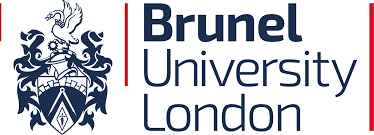Brunel University London: Instant X-ray reporting halves lung cancer diagnosis time
Patients who get their chest X-ray results on the spot have their lung cancer diagnosed in half the time, shows a new study in the medical journal, Thorax.
Lung cancer is one of the most common causes of cancer deaths with about 47,000 people diagnosed with the condition every year in the UK. But most cases are detected quite late, reducing survival chances.
Abnormal chest X-rays need fast follow-up CT chest scans, according to guidance from The National Optimal Lung Cancer Pathway.
Immediate reporting by radiographers to support trained radiologists shortened the time to diagnosis by about 31 days, halving usual diagnosis and waiting time, the study found.
“This sheds light on the steps we could take to reduce time to diagnosis and early detection of lung cancer as well as achieve the national 28-day standard for time from referral to diagnosis,” said co-author, Brunel University London epidemiologist Dr Bhagabati Ghimire.
The finding is used in an England-wide project looking at using Artificial Intelligence to examine X-rays. By using AI to triage suspicious chest X-rays, the trial aims to reduce the amount of time a patient has to wait from the first chest X-ray to cancer diagnosis.
Some lung cancer cases are missed in chest X-rays because some lung nodules can be difficult to spot, however working with AI technology together with a healthcare practitioner could also pick up cases earlier.
Funded by Cancer Research UK, the study was led by Dr Nick Woznitza, Consultant Radiographer at University College London Hospitals and Clinical Academic in the School of Allied and Public Health, by Canterbury Christ Church University.
“We know that the early, rapid and accurate diagnosis of lung cancer will help improve outcomes for patients,” Dr Woznitza said. “By utilising the expertise of reporting radiographers we found that we could reduce the time to diagnosis by half by giving patients the results of their X-rays at the time they were taken, explaining the findings and arranging a CT chest scan, the next part of their journey.”

